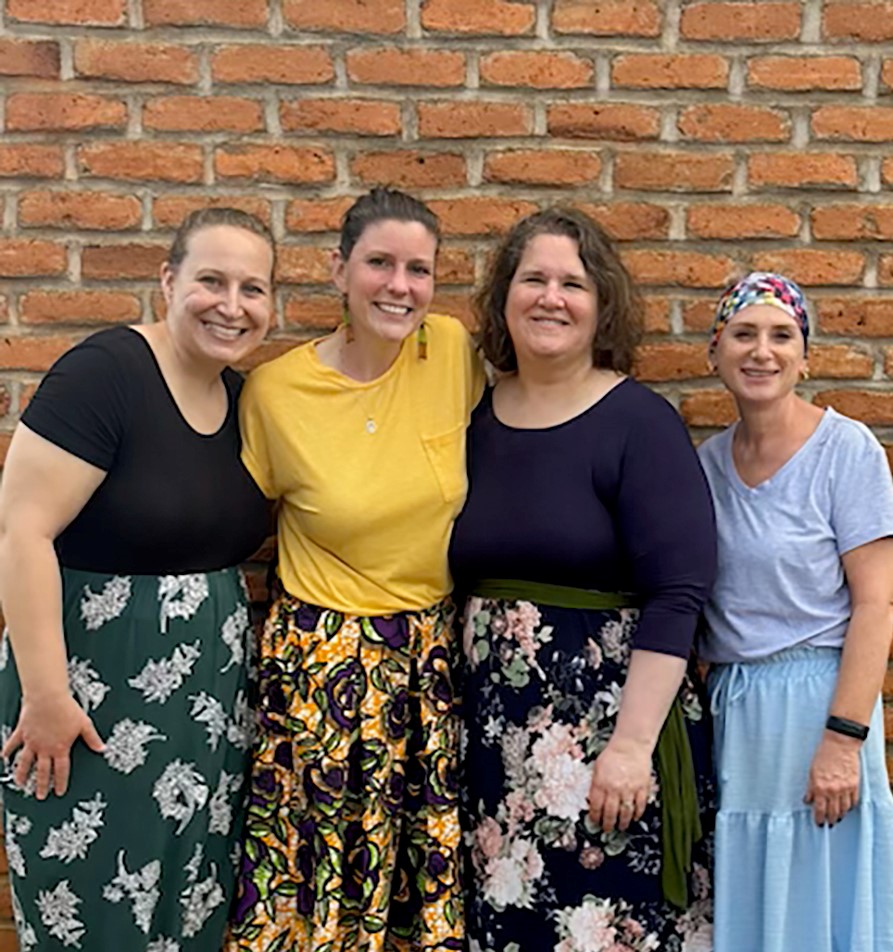Heartbreak Literally Causes Local Woman to Flatline
February 13, 2024

Shai Gray took her son to the St. Luke’s Miners ER to be treated for a dog bite in early September 2023, unaware she would need medical resuscitation at the same time after apparently suffering a rare but very real sudden, life-threatening heart condition known in the medical literature as “broken heart syndrome.”
The 28-year-old Tamaqua resident, whose grandmother had died a few weeks before, was feeling highly emotionally stressed and anxious as she waited with her nine-year-old Wyatt, and her husband, unaware of the events that were unfolding in her heart.
But she was in the right place at the right time for what happened next.
“I didn’t feel well, so I drank a glass of water, but then I don’t remember anything more,” says Gray, who works as a mental health technician at Kids Peace.
She had technically died from a cardiac arrest. Her heart had literally stopped beating, caused by an often-lethal heart rhythm, ventricular fibrillation, which was triggered by her high level of stress and anxiety.
According to St. Luke’s ER Physician Gerald Coleman, DO, who was about to suture her son’s face, Gray was clinically dead for a minute or two.
“She dropped to the floor and literally turned blue and had no pulse,” he recalls.
Dr. Coleman, the ER nursing staff, respiratory therapy and a resident physician started CPR on Gray, then shocked her heart with a defibrillator about 10 times before getting a pulse. This took roughly 30 minutes, according to Dr. Coleman.
Gray was stabilized in the ER, then flown via to St. Luke’s Bethlehem Campus, where cardiologist-electrophysiologist Sudip Nanda, MD, inserted an implantable cardiac defibrillator (ICD) in her chest, to shock her heart into beating should it ever arrest again.
Then she had a similar episode a few weeks later, while Gray and her daughters were shopping at the Tamaqua Train Station.
“It felt like I had been kicked in the chest,” she said describing the shock from the ICD. “But it saved my life.”
According to St. Luke’s cardiac electrophysiologist Steven Stevens, MD, “This young lady demonstrates the incredible effect of the heart-brain interaction. Plausible explanations of why she had a cardiac arrest include coronary vasospasm (temporary blockage in a major heart artery related to stress hormone) and Takotsubo cardiomyopathy, also called Broken Heart Syndrome, which occur when someone witnesses a very stressful situation, as she did while watching her son about to get stitches.”
While taking care of Gray after her sudden cardiac arrest episode, Darren Traub, DO, part of the cardiac electrophysiology team at St. Luke’s, observed, “It was clear that she had a rare condition in which her heart arteries were spasming causing a life-threatening rhythm disturbance called polymorphic ventricular tachycardia.”
“Stress was a contributing factor, as Dr. Stevens suggested. After observing her heart’s behavior in our ICU, we started her on medicines to prevent heart artery spasms, and she has had no further rhythm problems.”
Today Gray is feeling much better and grateful to the doctors, nurses and staff at St. Luke’s Miners and Bethlehem Campuses.
“They take good care of me, after saving my life,” she said. “I wouldn’t have survived my two cardiac arrests if it wasn’t for these skilled and caring professionals.”
Read More NewsLatest News


April 17, 2025
SLUHN Employee Competes in Boston Marathon on Monday

April 16, 2025